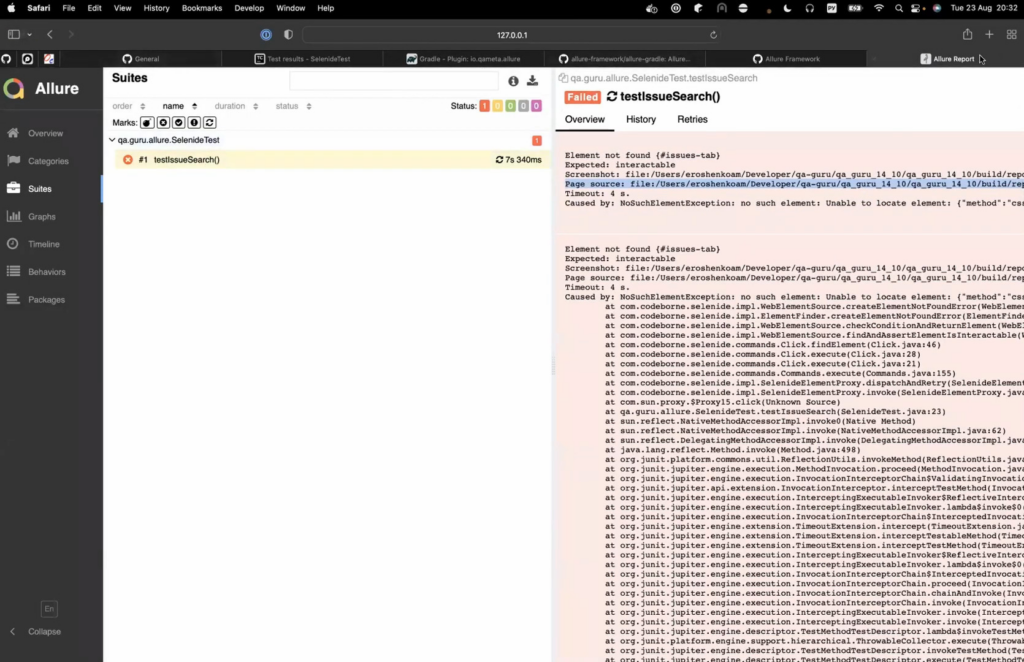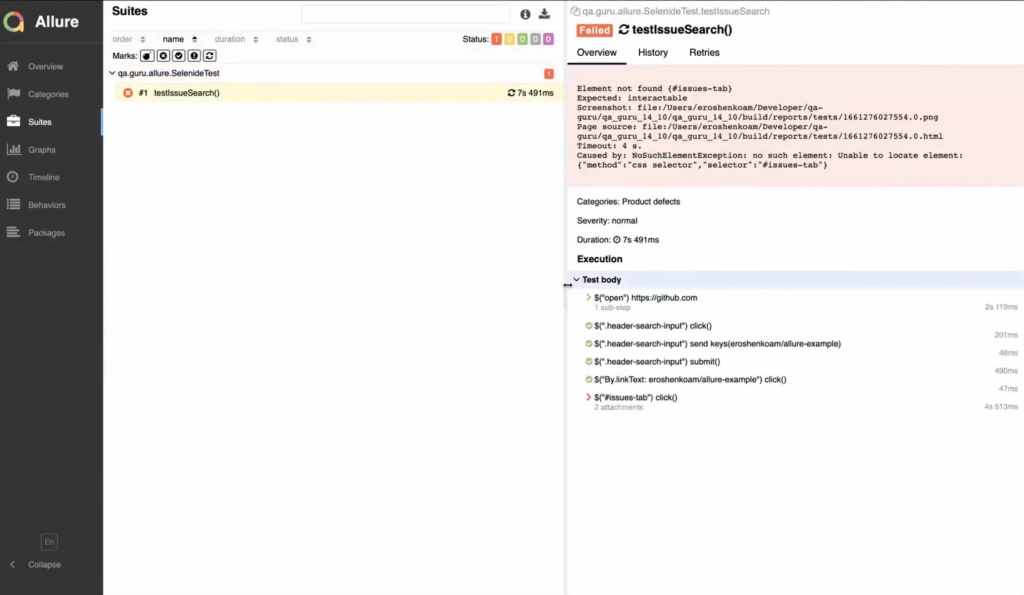The rapid growth in software delivery as a solution for all business needs for organizations has intensified the demand for efficient and comprehensive software testing processes. Ensuring the quality, reliability, and security of software products is of paramount importance as they become increasingly integrated into various aspects of our lives. Traditional software testing methods such as manual testing and automated test scripting, can no longer keep up with the responsibility to identify and rectify defects that make the delivered software ‘defect-free’. In addition to be viewed as inhibitors of fast-paced delivery, they are viewed as high cost activities.
The recent advancements in artificial intelligence (AI) and machine learning (ML) technologies have given rise to a new paradigm in software testing, known as Autonomous Test Generation (ATG). This approach leverages advanced algorithms and techniques to automatically generate relevant test cases, thereby reducing human intervention and enhancing the overall testing process. This article is the beginning of a series related to Katalon’s implementation of autonomous test generation, where we will explore the different types of autonomous test generation and their benefits and limitations for the real-world Quality Engineers embedded in the teams of tomorrow. Our goal is to provide you with the knowledge and understanding necessary to make informed decisions about applying autonomous test generation solutions in your software testing process.
Autonomous Test Generation – Definition and Key Concepts
Autonomous test generation refers to the process of automatically identifying, creating and executing test cases for a software application, with minimal human intervention. This approach leverages AI and ML techniques to generate test cases that effectively identify feature defects, vulnerabilities, and user experience issues in software products.
The Role of AI and ML in Autonomous Test Generation
AI and ML technologies enable the analysis of large amounts of data associated with the usage patterns, and applied data characteristics during interactions to predict and generate a suite of evolving test scenarios necessary for maximum confidence of the application. By applying these algorithms, ATG can:
- Generate test cases that cover a strategic, data-centric range of scenarios.
- Adapt to evolving software requirements and deployed codebases.
- Optimize test cases based on historical data and prior outcomes.
- Confidently predict and generate new tests based on user observations.
How does it compare to traditional methods?
Compared to traditional manual and automated testing methods, ATG offers several advantages:
- Increased Confidence on system behaviors: ATG exhaustively tests different scenarios and edge cases, identifying potential bugs and errors, and providing more comprehensive test coverage.
- Efficiency in test creation: AI-powered test generation can quickly create test cases, reducing the time and effort required for testing.
- Effectiveness of workflow scenarios covered: Autonomous test generation can identify potential defects and vulnerabilities that might be missed by manual or scripted automated testing.
- Scalability in test coverage: The AI-driven approach can easily adapt to large and complex software systems, making it suitable for a wide range of applications and industries.
- Continuous adaptation to evolving usage patterns: Autonomous test generation can learn from testing results and adapt its strategies, leading to better test coverage and defect detection over time.
Benefits of using autonomous test generation in software testing
While manual testing remains an indispensable aspect of software development, its limitations can constrain the optimization of software quality. Autonomous test generation emerges as a groundbreaking solution, mitigating these challenges by automating the creation of test cases. Bringing an array of valuable advantages, autonomous test generation enhances time and cost efficiency, delivers extensive test coverage, and promotes seamless continuous testing and integration, thereby revolutionizing the software testing process.
Time and cost efficiency
By automating the process, developers can allocate their time to more value-added tasks, such as designing and implementing new features. Furthermore, the accelerated testing process reduces overall project costs by minimizing the need for human intervention and decreasing the likelihood of costly delays due to undetected issues.
Comprehensive and accurate test coverage
One of the most significant advantages of autonomous test generation is its ability to create a wide variety of test cases that account for a multitude of scenarios. This ensures more comprehensive test coverage compared to manual methods, reducing the likelihood of undiscovered defects or vulnerabilities in the software. Comprehensive test coverage is crucial for delivering high-quality software, as it increases the chances of identifying potential issues before they become critical.
Continuous testing and integration for DevOps
ATG enables continuous testing and integration, which is essential for modern software development methodologies like Agile and DevOps. With continuous testing, developers can identify and fix issues early in the development cycle, leading to faster delivery of high-quality software. This proactive approach to software testing also reduces the risk of costly post-release defects and contributes to an overall improvement in software quality.
Maximizing Software Quality Through Autonomous Test Generation
The true potential of ATG lies in its ability to not only streamline the software testing process but also elevate the overall quality of the final product. Autonomous test generation can lead to higher quality software by making an impact on defect detection, adaptability, and increased confidence in software releases.
Increased awareness of defects
By employing AI algorithms, ATG can generate a diverse range of test cases that account for complex scenarios. This breadth of test coverage increases the chances of continuously detecting defects that manual testing methods may overlook. Early identification and resolution of potential issues are crucial for maintaining high-quality standards in software development, making autonomous test generation an invaluable tool in the pursuit of high-quality digital experiences.
Adaptability and scalability for evolving solutions
One of the most significant advantages of autonomous test generation is its ability to adapt seamlessly to changes in software requirements or codebase updates. This adaptability ensures that test cases remain relevant and up-to-date, minimizing the risk of undetected defects due to obsolete test scenarios. Additionally, the scalability of autonomous test generation allows it to accommodate growing or evolving software projects, effectively addressing the quality assurance needs of increasingly complex systems.
Increased confidence in software releases and positive user experiences The comprehensive test coverage and efficient defect detection afforded by autonomous test generation foster a higher degree of confidence in the quality of software releases. This increased confidence translates into a reduced likelihood of encountering critical issues in production environments, leading to a better overall user experience. In turn, user satisfaction and trust in the software are enhanced, further solidifying the software’s reputation for quality and reliability.
Challenges and limitations of autonomous test generation
Challenge 1: Incomplete Requirements and Specifications may result in limited tests In many real-world situations, the documentation provided for software systems is often incomplete, ambiguous, or inconsistent, which can lead to inadequate test case generation. Autonomous test generation algorithms must be capable of handling these uncertainties, ideally filling in the gaps to create comprehensive test cases. This demands advanced AI techniques that can infer implicit information, which is still an area of ongoing research.
Challenge 2: Increased Test Counts based on Complexity of features may not be sustainable As software systems become increasingly complex, the number of potential test cases grows exponentially. This creates a significant scalability challenge for autonomous test generation tools, as generating and executing exhaustive test cases can quickly become infeasible. Researchers are exploring various techniques, such as model-based testing, search-based testing, and AI-guided test generation, to overcome this obstacle. However, striking the right balance between coverage, complexity, and the computational resources required remains an open challenge.
Challenge 3: Integration with Existing Development Processes Many organizations follow well-established development methodologies, such as Agile or DevOps, that dictate specific testing practices. Autonomous test generation tools need to seamlessly integrate with these processes to be effective, without disrupting the development team’s workflow. Additionally, compatibility with popular development and testing tools is essential to ensure the widespread adoption of autonomous test generation.
Limitations Despite the advancements in autonomous software test generation, certain limitations are inherent to the process. One such limitation is the inability to test certain aspects of software, such as usability, user experience, and aesthetics, which require human judgment. While autonomous test generation can produce a large number of test cases, it may not always produce meaningful or high-quality test cases that can effectively reveal defects. This highlights the need for continued research and development in the field to improve the overall quality and effectiveness of autonomously generated test cases.
The importance of combining autonomous test generation with other testing techniques
While autonomous software test generation offers the potential to reduce manual effort and enhance test coverage, it should not be considered a one-size-fits-all solution to all testing challenges. To achieve comprehensive and effective testing, it is crucial to combine autonomous test generation with other testing techniques, harnessing their complementary strengths to address various aspects of software quality.
Complementing Test Coverage
Autonomous test generation excels in creating test cases that cover a wide range of scenarios, based on the given requirements or specifications. However, as mentioned earlier, certain aspects of software quality, such as usability and user experience, require human judgment and cannot be effectively tested through autonomous test generation alone. By combining autonomous test generation with manual testing, organizations can ensure that both functional and non-functional requirements are adequately addressed. Additionally, integration with other automated testing techniques, such as unit testing, integration testing, and system testing, can further bolster test coverage. While autonomous test generation can identify potential defects at a higher level, these other testing techniques can dive deeper into the code to catch issues that may not be apparent during higher-level testing.
Leveraging Domain Knowledge and Expertise
Incorporating domain knowledge and expertise is essential in the testing process, as it enables testers to create test cases that reflect real-world scenarios and potential edge cases. Autonomous test generation can struggle to capture this nuanced understanding of the software’s intended use. By combining autonomous test generation with domain-driven and expert-guided testing, organizations can ensure that test cases are not only comprehensive in terms of code coverage but also relevant and meaningful in terms of actual usage.
Reducing Test Suite Maintenance Effort
Test suite maintenance is an often-overlooked aspect of the testing process, as test cases must be updated and adapted to accommodate changes in the software’s requirements and functionality. While autonomous test generation can efficiently create new test cases, it may struggle to maintain and update existing test suites. By integrating autonomous test generation with techniques such as test case prioritization and regression testing, organizations can effectively manage their test suites, ensuring that they remain relevant and effective over time.
Enhancing Quality (and maturity) of Testing Strategy
Combining autonomous test generation with other testing techniques can lead to improved test case quality. Techniques such as mutation testing, which assesses the test suite’s ability to detect faults by injecting artificial defects into the code, can be employed to evaluate and enhance the quality of autonomously generated test cases. By iteratively refining the test cases, organizations can ensure that their test suites are not only comprehensive but also effective at detecting defects.
Wrapping up
Autonomous test generation, powered by AI and ML technologies, has the potential to revolutionize the software testing landscape, delivering significant benefits in terms of efficiency, effectiveness, and scalability. By automating the generation and execution of test cases, this approach promises to enhance software quality, foster a higher degree of confidence in software releases, and improve user satisfaction.
However, it is important to acknowledge the challenges and limitations associated with autonomous test generation, such as handling incomplete requirements, addressing scalability and complexity, generating adequate test oracles, and integrating with existing development processes. Furthermore, autonomous test generation should not be considered a standalone solution; rather, it should be combined with other testing techniques to ensure comprehensive and effective testing that addresses both functional and non-functional requirements.
As the software industry continues to evolve and grow, the need for efficient, effective, and scalable software testing methods will only increase. By embracing the opportunities and addressing the challenges presented by autonomous test generation, software developers, testers, and industry practitioners can leverage the power of AI-driven testing to deliver high-quality, reliable, and secure software products that meet the ever-changing demands of today’s complex digital world.
Author

Alex Martins Vice President of Strategy at Katalon, Inc.
Alex is a seasoned leader in the technology industry with extensive international business experience in agile software engineering, continuous testing, and DevOps. Starting out as a developer and then moving into software testing, Alex rose through the ranks to build and lead quality engineering practices across multiple enterprise companies from different industries around the world. Throughout his career, Alex has led the transformation of testing and quality assurance practices, as well as designing enhanced organizational structures to support the culture change necessary for successful adoption of modern software engineering approaches such as Agile and DevOps, and how these are being further transformed with Generative AI.
Katalon is a Gold Sponsor at AutomationSTAR 2024, join us in Vienna.











